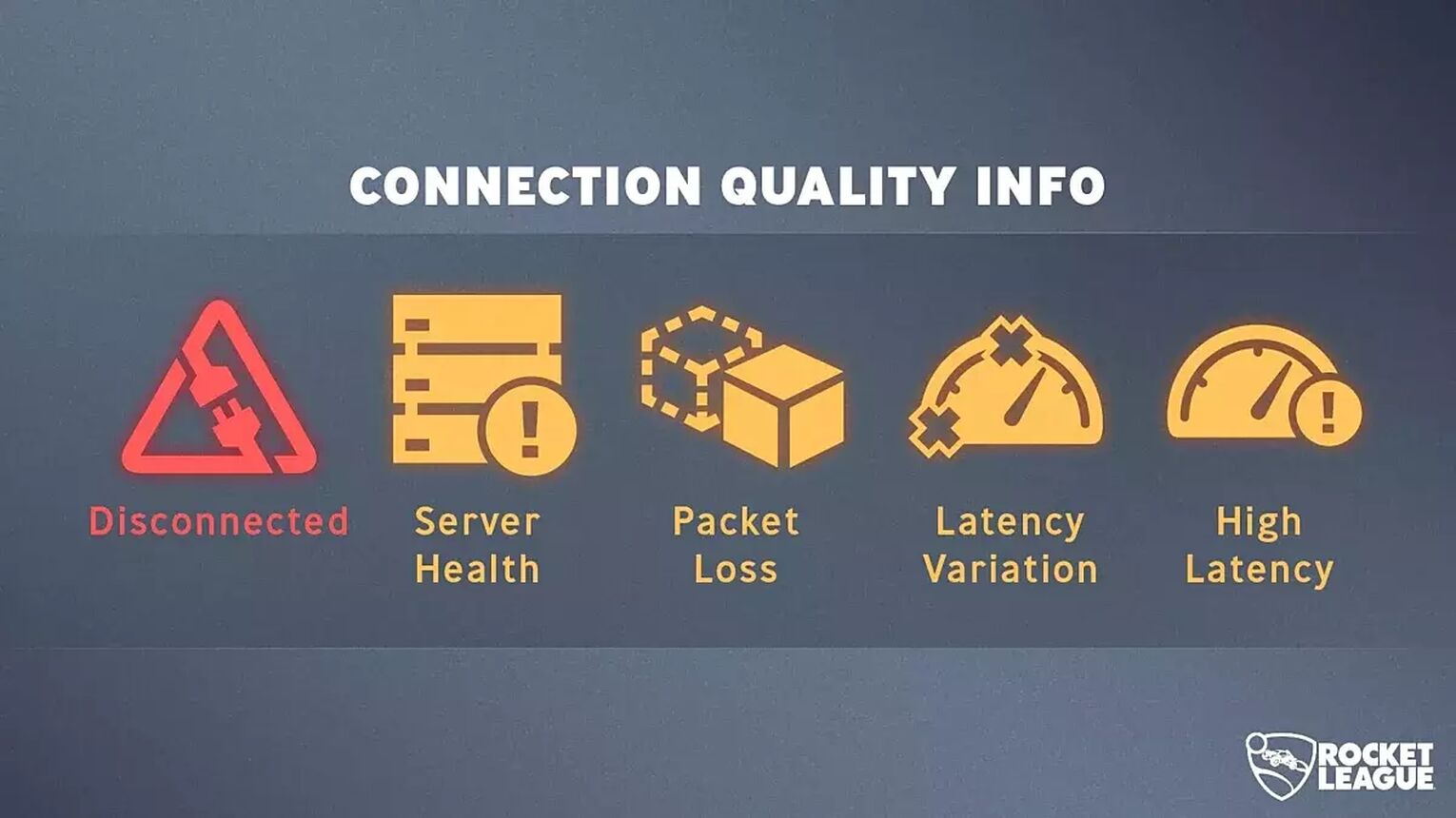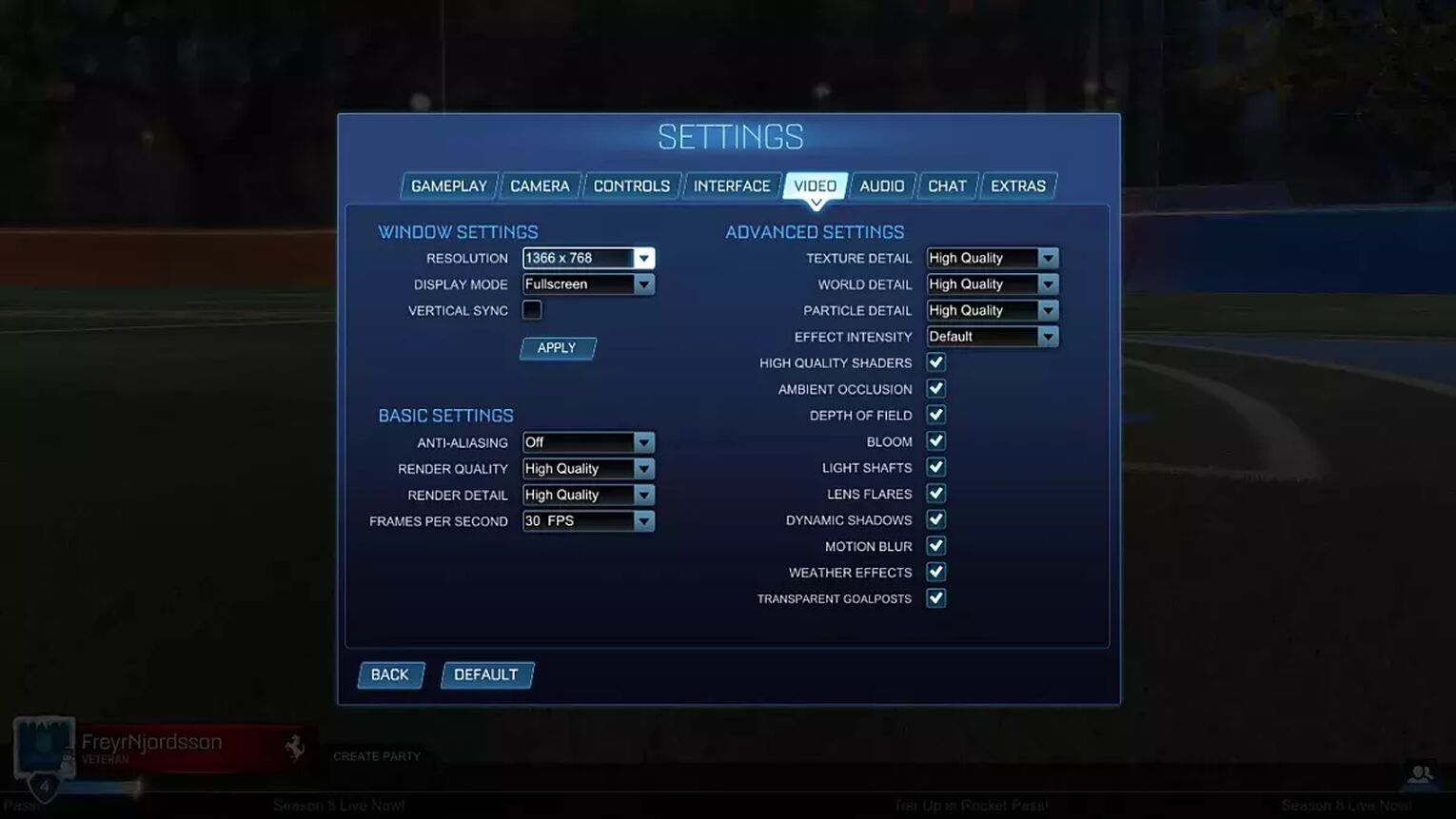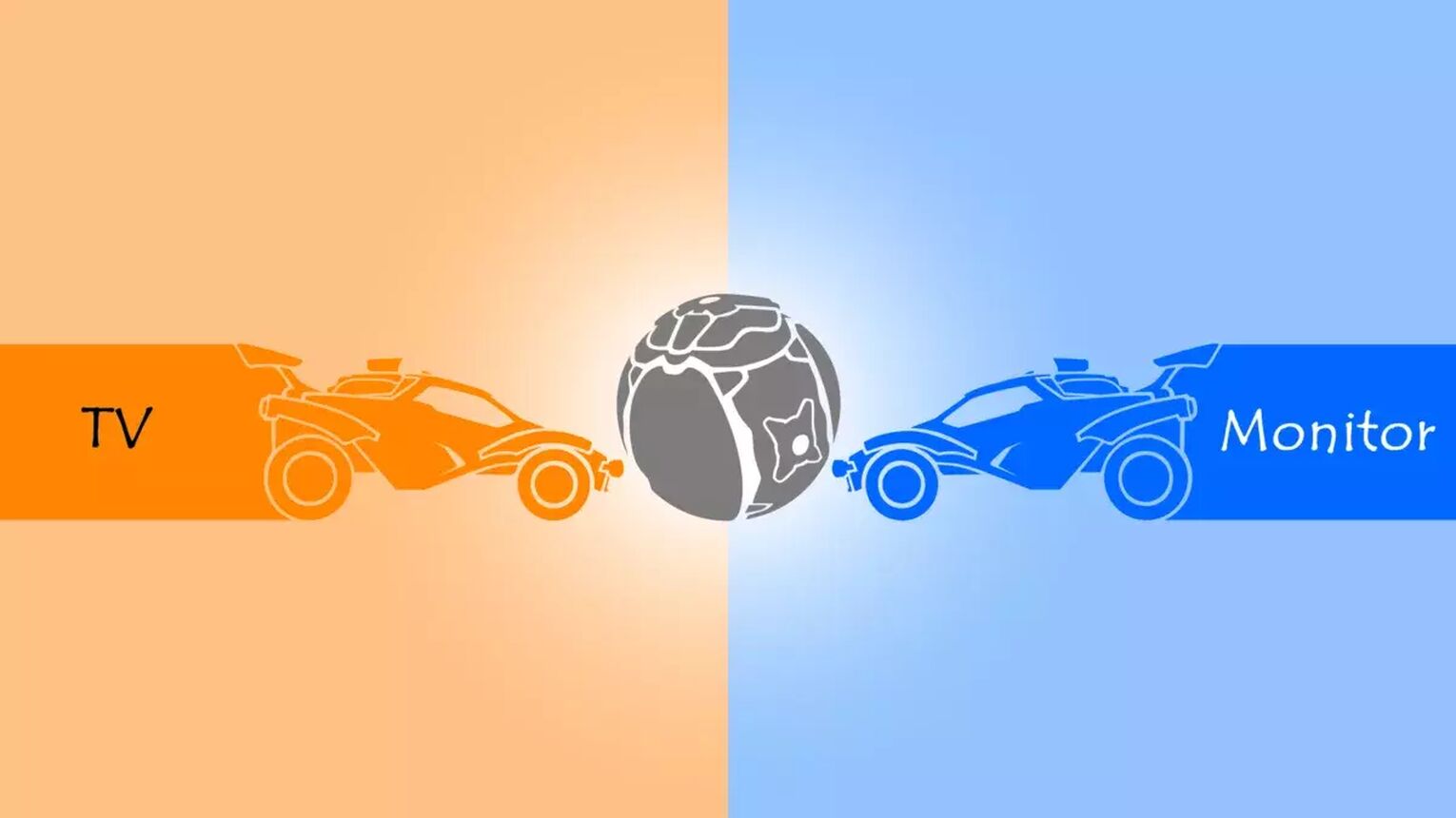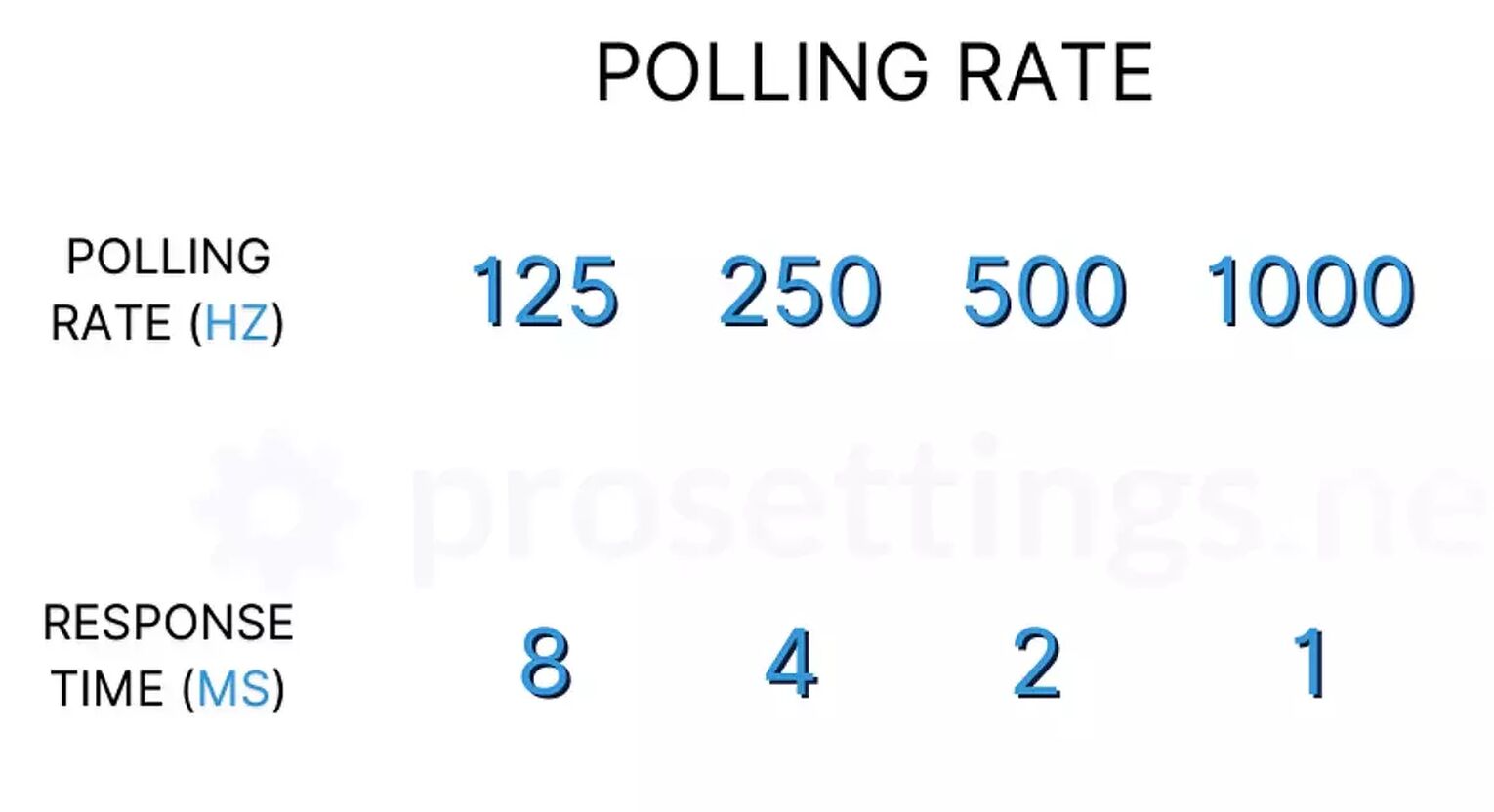![[Solved] How to Fix Input Lag in Rocket League](https://theglobalgaming.com/assets/images/_generated/thumbnails/598852/REDUCE-LAG-IN-ROCKET-LEAGUE_94948129f3d674eb46f0eebb5e6b8018.jpeg)
In Rocket League, timing is everything. A few milliseconds’ delay can mean losing the perfect shot, falling into an abyss, or fumbling a great aerial shot. Input lag makes it feel like your keyboard or gamepad commands are delayed. This makes perfect timing almost impossible. At its worst, this phenomenon can make Rocket League completely unplayable.
This is true for all competitive games that rely on quick reflexes and split-second decision-making. However, even slower-paced strategy and turn-based games become less immersive when there is a noticeable delay between your actions and on-screen reactions.
What is an input lag?
Every digital device in your setup adds a certain amount of latency when processing data. When you push a button, your input device sends a signal to your PC, which then processes it and sends the result to your display. Each of these steps takes a certain number of milliseconds to complete.
Input lag is connected to your specific hardware and software configuration, so it can happen in offline, single-player environments as well as multiplayer ones. Note that this is different from network lag such as a high ping that you can fix.

Professional competitive gamers try to keep input lag under 15 milliseconds. Casual gamers and enthusiasts are usually comfortable with latency under 40 milliseconds. Beyond 50 milliseconds, the delay becomes more noticeable. If a display’s input lag exceeds 70 milliseconds, some tech reviewers will classify its performance as poor.
How to fix input lag in Rocket League?
There's no one solid fix to solve all your problems. So, you need to try out a few things to see whether they reduce your input lag or not. This might need extensive work but there's also a chance that your lag is occurring because of a silly little option in the settings. Whichever it might be, we've got you covered.
Toggle V-Sync off
V-Sync is a technology that prevents screen tearing. It’s also a common culprit when it comes to identifying sources of input lag. If your game engine sends display frames to your monitor too quickly, you may see horizontal bands cutting through the image periodically. V-Sync fixes this by forcing the engine to synchronize with the monitor’s refresh rate.
However, V-Sync doesn’t impact how quickly your CPU processes input commands. If you send commands faster than the display refreshes, you’ll experience a noticeable delay. This is one of the most common causes of input lag. So, to have a smooth Rocket League experience, turn off V-Sync through the following steps:
- Open up Settings
- Go to the Video tab
- Make sure that the Vertical Sync box is unchecked.

Use Wired Devices
Wired devices provide a solid gaming experience. This is because wired keyboards, mice and controllers are interference-free. The result is reduced input lag, resulting in a much more responsive gaming feeling where every button press feels impactful.
Strangely, some tests show that DualShock 4 controllers have less input lag with a Bluetooth connection for Rocket League. Still, the downside is a lack of stability. Wired connections provide much more reliable inputs from the lack of interference.
Use a Monitor
Another source of input lag could be from the device you are viewing the gameplay on. A common misconception is that expensive TVs provide the best quality and picture for gaming, but this isn’t the case.

TVs aren’t designed for gaming first. Their specs may not be able to display the game as clearly as possible. Rocket League runs at 60 FPS (Frames per second) on console and can be even higher on PC. If the TV you’re playing on can only display 30 FPS, it’ll be unable to keep up, leading to choppy gameplay.
If you’re serious about getting to Supersonic league, we recommend a monitor with at least a 60Hz refresh rate and 1-2ms response time for the smoothest gameplay. If you’re limited to using a TV, check to see if yours has a ‘gaming mode’. This is still far from ideal but will give you the best performance from the TV when it comes to gaming. With a TV, you might also face error 42 saying "Game connection interrupted"
Increase your Polling Rate
The polling rate in Hz determines how often your computer requests an update from your controller (or mouse/keyboard) using the USB connection. When a new controller is plugged in, the polling rate is automatically set to 250 by Windows. (so the PC requests an update 250 times a second when the controller is connected)

However, this doesn’t mean the controller is forced to deliver the requested updates at the same rate, but every controller has its own rate of releasing an update for the pc to grab. In general PlayStation controllers have an update rate of 250Hz (250 times a second) and Xbox controllers have an update rate of 124Hz. (124 times a second)
For the PC to register the update from the controller a.s.a.p., increasing the polling rate to 1000Hz (1000 times a second) will instantly reduce input lag and increase input consistency. Result: In the time the controller spits out one update, the PC has already tried to retrieve it 4 times.


.svg)


![[Solved] How to fix latency variation issues in Rocket League](https://theglobalgaming.com/assets/images/_generated/thumbnails/599867/how-to-fix-latency-variation-rocket-league_03b5a9d7fb07984fa16e839d57c21b54.jpeg)
![Champion Rank in Rocket League Explained [MMR, Tips & More]](https://theglobalgaming.com/assets/images/_generated/thumbnails/4070336/How-good-is-champion-Rank-Rocket-League_03b5a9d7fb07984fa16e839d57c21b54.jpeg)
![Diamond Rank in Rocket League Explained [MMR, Tips & More]](https://theglobalgaming.com/assets/images/_generated/thumbnails/4070335/How-good-is-diamond-Rank-Rocket-League_03b5a9d7fb07984fa16e839d57c21b54.jpeg)
![Platinum Rank in Rocket League Explained [MMR, Tips & More]](https://theglobalgaming.com/assets/images/_generated/thumbnails/4070334/How-good-is-platinum-Rank-Rocket-League_03b5a9d7fb07984fa16e839d57c21b54.jpeg)